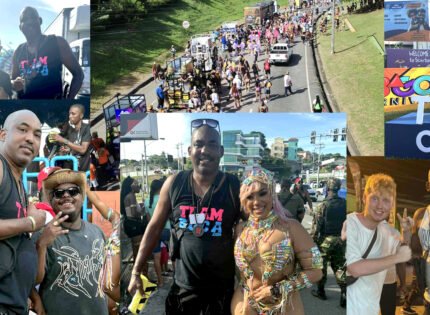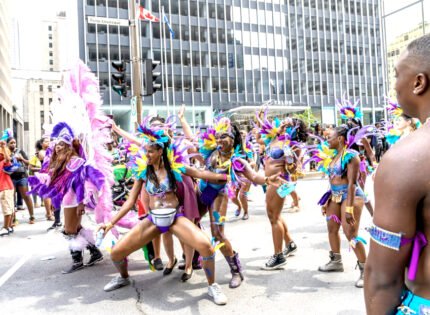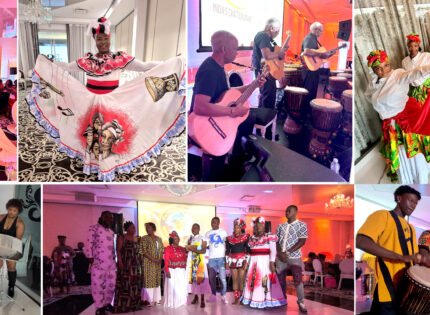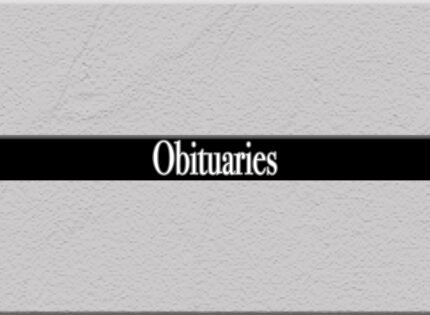Carifiesta: Are we up to it?
The spectacle that was presented on the street on July 7, as Carifiesta 2018 should give us all pause.
There is no doubt that the throngs of marauding young and not-so-young people on the streets in dirty clothes with their faces and bodies covered in mud and paint might be a reflection of the sub-culture mentality that defines our community in this society and our instinct to rebel.
If that’s the road that Carifiesta has chosen to take, then Montreal, make way for the Jab-Jab community.
But there’s a sneaking suspicion among those who know better that the parade is being led down a place by people who themselves don’t know where they’re going… a classic case of the blind leading the blind.
You see, for much of its torturous but exciting history, Carifiesta, or the Black and Caribbean parade, has come to mean different things to different people, especially those entrusted with the responsibility to lead it.
And as can be expected, some carried out that responsibility to the best of their abilities with a vision of what they wanted the parade to be and how it should reflect our creativity in display, performance and music.
That’s why you’d hear talk of Carifiesta being one of the best parades in North America for many years.
Others seize on the opportunity to lead with the naïveté and cluelessness defines so much in our community these days. That’s why you hear talk that Carifiesta is going nowhere.
Still, you can’t blame today’s leaders of Carifiesta. They just don’t know better, and they are being upheld and supported by people with little or no commitment to the development of the art form or the community.
In this case, your grandmother was right: the upholders are worse than the thief.
Here’s the deal.
Carifiesta does not belong to the culture vultures in whose hands it is today.
It was born out of a desire to present a cultural showcase of our community to Montreal and to others.
And always, it should strive to represent the wide and exciting diversity that is the Black and Caribbean community (which means that all the Black people are not from the Caribbean and all the people from the Caribbean are not Black).
So although Carifiesta feeds off carnivals in Trinidad and the rest of the Caribbean for music and masquerade, it’s a lot more than just mas and Soca music.
And it’s growth and development is linked directly to the growth and development of our community.
Yes, it can attract sponsors and proper governmental support to bring in resources, which in turn can be used to provide seed money to assist individuals and groups that can add to the vitality, richness and splendor of the parade.
Get this.
Carifiesta can have press conferences. Carifiesta can be launched in a blaze of glory and heightened expectations. Carifiesta can have an exciting kiddies carnival. Carifiesta can have more than one masquerade band. And, certainly Carifiesta can be marked and marketed as a signature event on the summer schedule of this city.
But to make it all happen, we need the best of our community to step up and wrestle this thing away from the feeble hands that it is now in and start the process of rebuilding.
It’s not going to be an easy task, because it first has to regain credibility and respect in our community and among people in government and the private sector. And that involves proper communication, proper outreach and most importantly, collaboration with like-minded groups and individuals.
When placed in the context of cultural expression in a highly sophisticated society driven by technology and money, Carifiesta today is a shameful reflection of a debilitated community unable to find its footing.
It doesn’t have to be so because we’re better than that.
We have the young people who can work with the experienced heads in our community to help shape a better future not only for this little parade but also for all our endeavors in this hostile and sometimes unforgiving place.
And as we go down the road, our Jab-Jabs will be right behind us.
Are we up to it?
Egbert Gaye















